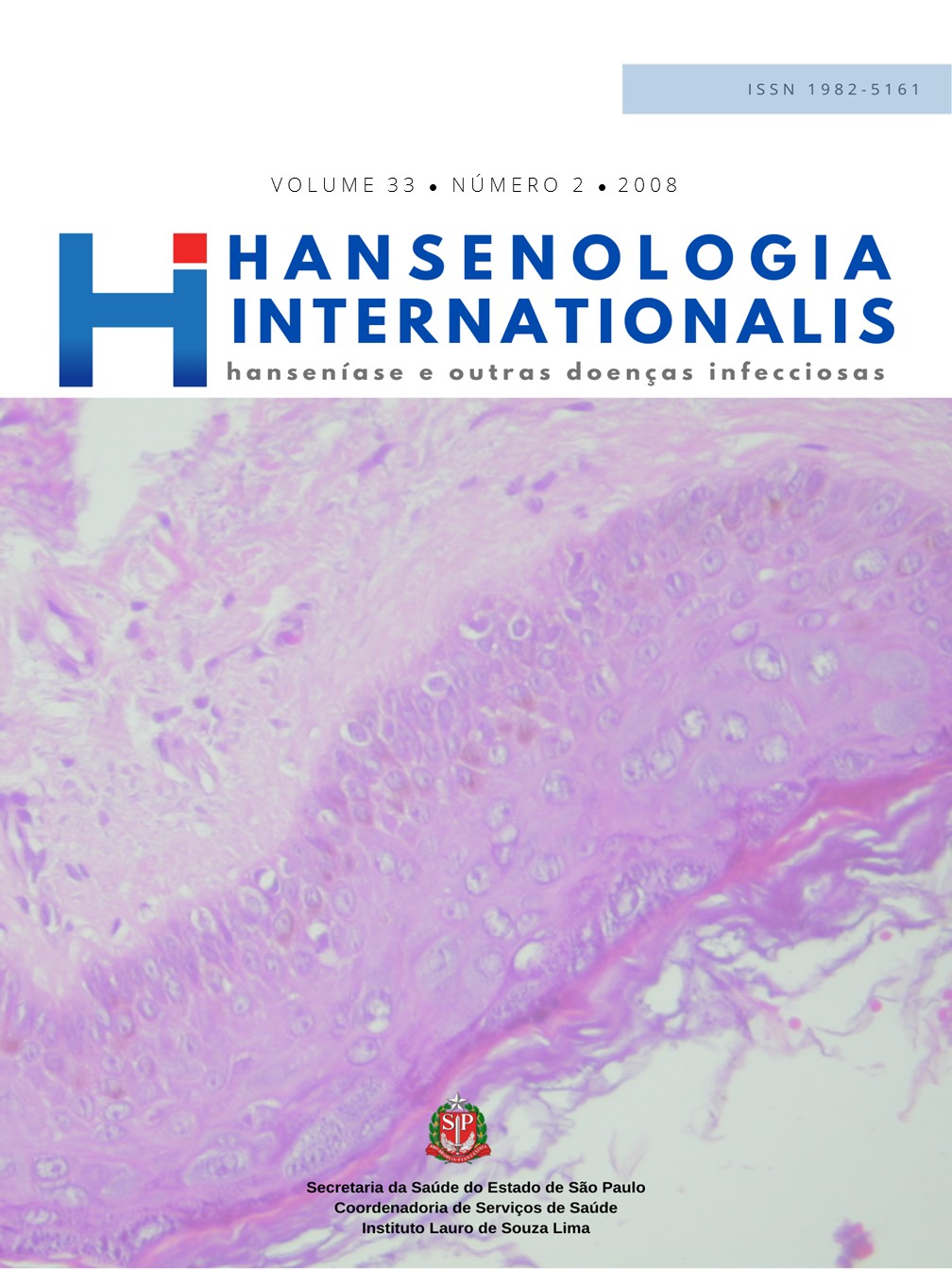Resumo
Leprosy has a focal behavior, restricted to specific spaces. These coincide with a set of natural, demographic, social, economic premises and of service organization that present themselves in a historical perspective. In the State of Mato Grosso more than 35% of the population lives in municipalities with a prevalence rate superior to 5 cases/10.000 inhabitants. Not disregarding the possible influence of environmental and even operational factors of health services, this investigation aimed at characterizing the participation of migratory movements in the maintenance of the high coefficients of leprosy in the state of Mato Grosso and brings knowledge which will permit the advance in the understanding of its social production. It also proposed to identify strategies that can be added to the control actions of the endemic disease in the State. It is a study of nosogeography which addresses the territorial differentiation of leprosy. It contextualizes migratory, socioeconomic processes and environmental variables with the purpose of identifying spaces of production of leprosy. Spaces historically producers of the disease associated to the migratory flows related to the mineral extraction activities and to the process of space occupation with the population concentrated in the peripheral areas were identified. These are areas where the social and economic conditions are in a vulnerability context. New spaces of endemic expansion appear as a result of the increase of the productive processes that mobilize a great number of people from several areas of the country in settings of great inequalities. Both the historical and new spaces are associated to environmental particularities, not only natural but also by human influence, such as deforestation and climate changes. Migration would be an important and decisive factor for the establishment of recent focus of the disease in the State, but the maintenance of the focus would be determined mainly by social, economic and environmental factors. Operational issues appear not to have a sharp influence in the pattern of the disease in relation to the State. Some recommendations are introduced: incorporation of the approach of the migratory processes in the analysis of epidemiological patterns and actions for the leprosy control in the State, giving priority to the areas that produce the disease through surveillance actions without health that will integrate the epidemiological, environmental and sanitary surveillance. In fact, to increase the sources of information aimed at monitoring the focus that already exist and those potentially new.
Este periódico está licenciado sob uma Creative Commons Attribution 4.0 International License.
